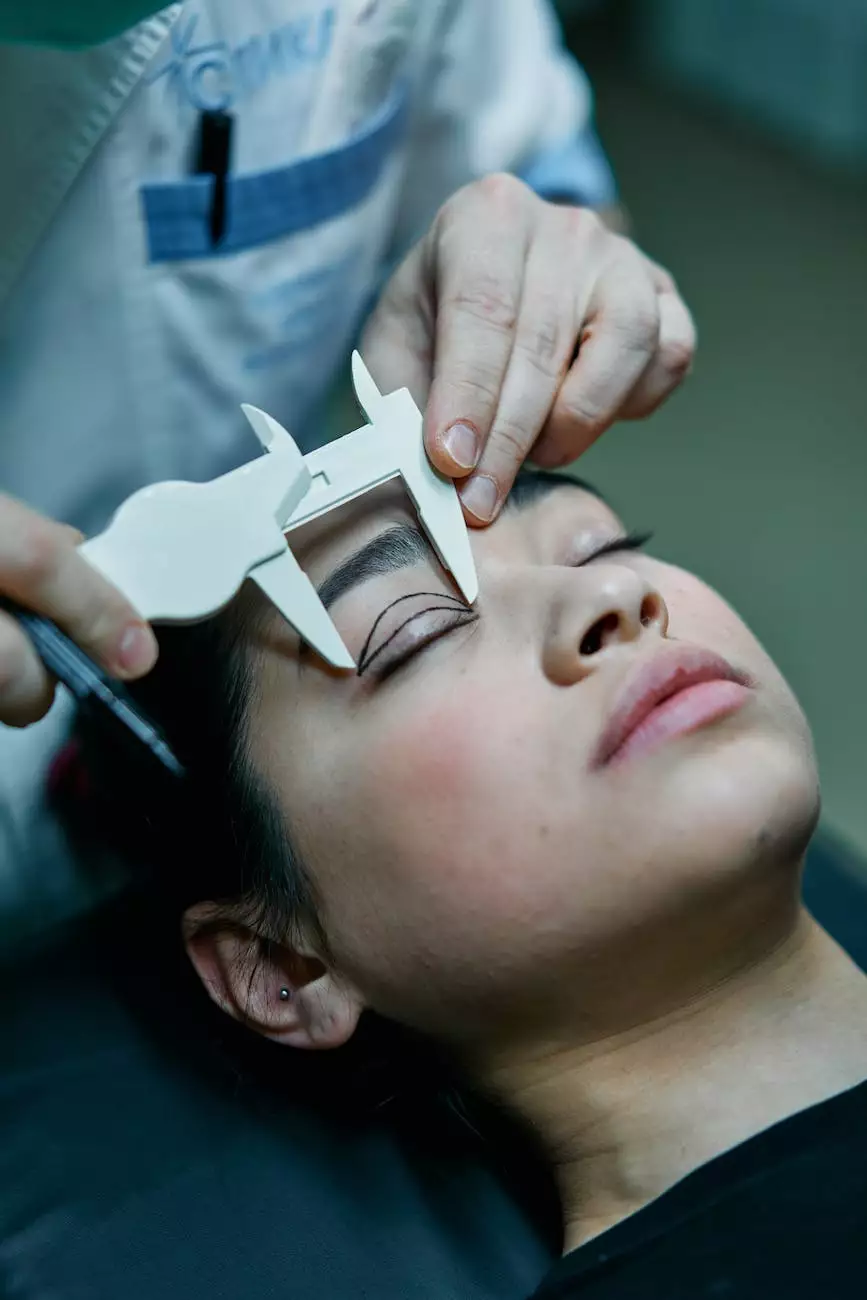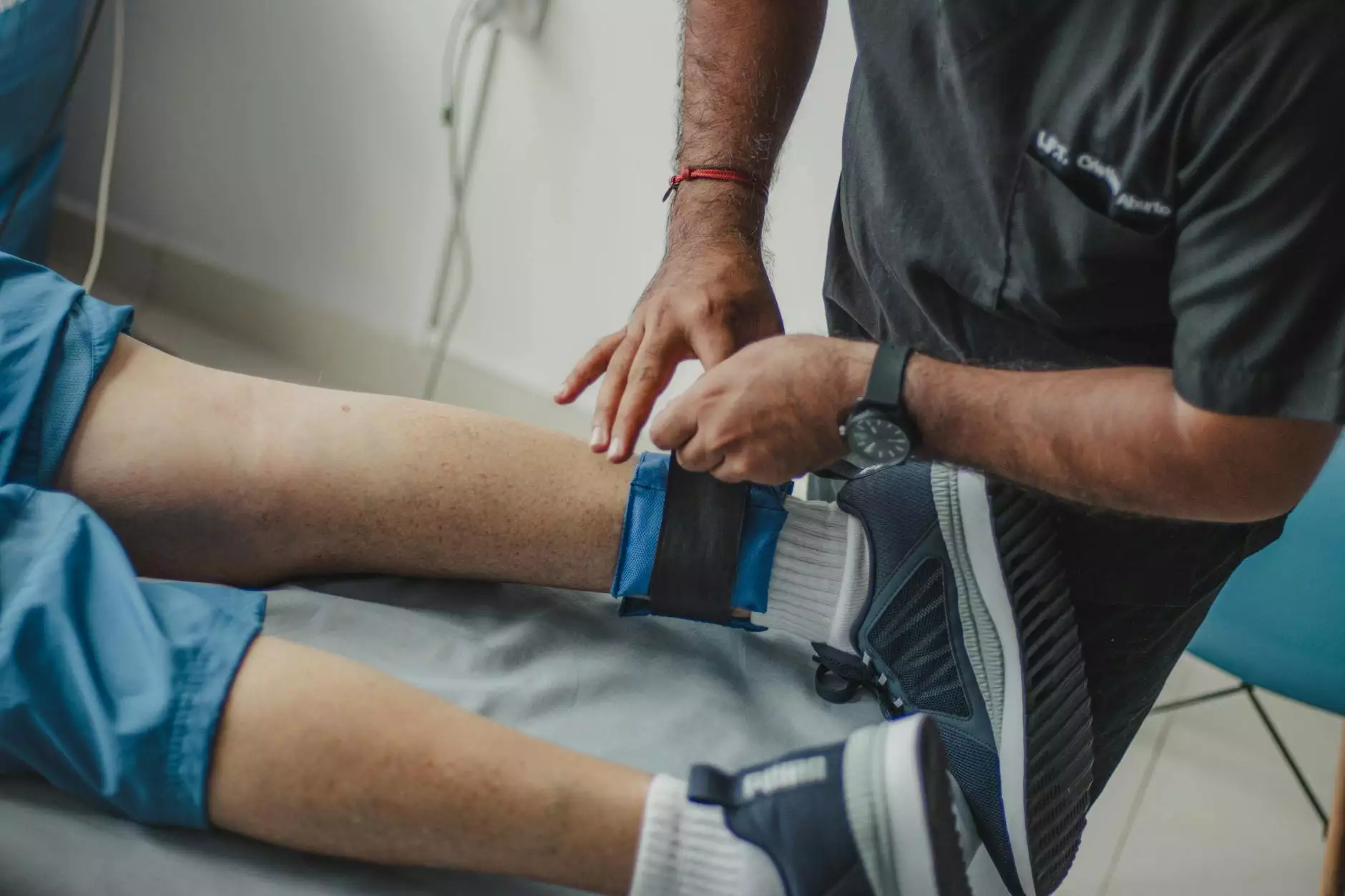Ankle Sprain Making Joint Feel Unstable

Understanding Ankle Sprains and Joint Instability
Are you experiencing discomfort or a feeling of instability in your ankle joint? You may be dealing with an ankle sprain. Ankle sprains are common injuries that can occur during physical activities, such as sports or even simple daily tasks. They can leave your ankle feeling weak and unstable, making it difficult to walk or engage in your usual activities.
Causes of Ankle Sprains
Ankle sprains typically occur when the ligaments in your ankle are stretched or torn. This commonly happens when your foot rolls inward or outward forcefully, causing the ligaments to overextend. The severity of an ankle sprain can vary, ranging from mild to severe sprains that involve complete tears of the ligaments.
Common Symptoms
If you've recently sprained your ankle, you may experience some or all of the following symptoms:
- Swelling and bruising around the ankle
- Pain and tenderness in the affected area
- Difficulty bearing weight on the injured ankle
- A popping or tearing sensation at the time of injury
- Joint instability or a feeling of the ankle giving way
Treating Ankle Sprains and Restoring Joint Stability
It's crucial to seek appropriate treatment for an ankle sprain to promote proper healing and restore joint stability. At Body Fusion, we specialize in providing effective solutions for ankle sprains and related conditions. Our team of experienced professionals will assess your injury, develop a personalized treatment plan, and guide you towards a full recovery.
1. Consultation and Evaluation
During your initial consultation, our experts will evaluate the extent of your ankle sprain and assess the overall stability of your joint. This will involve a comprehensive examination, which may include diagnostic imaging, to determine the severity of the injury and the specific ligaments affected.
2. Rest, Ice, Compression, and Elevation (RICE)
One of the initial treatment steps for ankle sprains is RICE therapy. This involves:
- Rest: Avoiding activities that worsen the symptoms and giving your ankle time to heal.
- Ice: Applying ice packs wrapped in a cloth for 15-20 minutes at regular intervals to reduce swelling and relieve pain.
- Compression: Using an elastic bandage or brace to compress and support the injured ankle.
- Elevation: Elevating your leg above heart level to reduce swelling.
3. Physical Therapy
Physical therapy plays a vital role in the recovery process by improving joint stability, strength, and flexibility. Our skilled therapists will guide you through targeted exercises and techniques to rehabilitate the injured ankle, regain balance, and prevent future instability.
4. Ankle Bracing and Support
In cases of severe ankle sprains or chronic instability, our experts may recommend the use of ankle braces or supports. These devices help provide additional stability to the joint and prevent further injury during physical activities.
5. Advanced Treatment Options
In some instances, when conservative treatments are not sufficient, we may explore advanced treatment options, such as:
- Platelet-Rich Plasma (PRP) Therapy: This involves using your body's own concentrated platelets to promote healing and accelerate tissue repair.
- Regenerative Medicine: Cutting-edge regenerative therapies, such as stem cell injections, can aid in repairing damaged ligaments and restoring joint stability.
Preventing Ankle Sprains and Maintaining Joint Health
While accidents can happen, there are steps you can take to reduce the risk of ankle sprains and maintain optimal joint health:
1. Proper Warm-up and Stretching
Engaging in a thorough warm-up routine before physical activities and stretching your muscles can help prepare your body, improve flexibility, and prevent strains and sprains.
2. Strengthening Exercises
Focusing on exercises that strengthen the muscles around your ankles can enhance stability and reduce the likelihood of sprains. Incorporate exercises such as calf raises, ankle circles, and balance training into your fitness routine.
3. Choosing Appropriate Footwear
Wearing supportive and properly fitted shoes for specific activities can provide the necessary ankle support and help minimize the risk of injuries.
4. Being Mindful of Your Surroundings
Pay attention to your surroundings and avoid hazardous surfaces or areas that increase the risk of tripping or twisting your ankle.
5. Regular Check-ups and Maintenance
Regularly visiting Body Fusion for check-ups and preventive care can identify any underlying issues, address minor ankle discomfort before it worsens, and help you maintain optimal joint health.
Regain Stability and Get Back to an Active Lifestyle
Don't let an ankle sprain keep you from enjoying your favorite activities. With Body Fusion's comprehensive ankle sprain treatments, personalized care, and focus on overall joint health, you can regain stability and get back to an active and pain-free life. Contact us today to schedule an appointment and take the first step towards your recovery!




